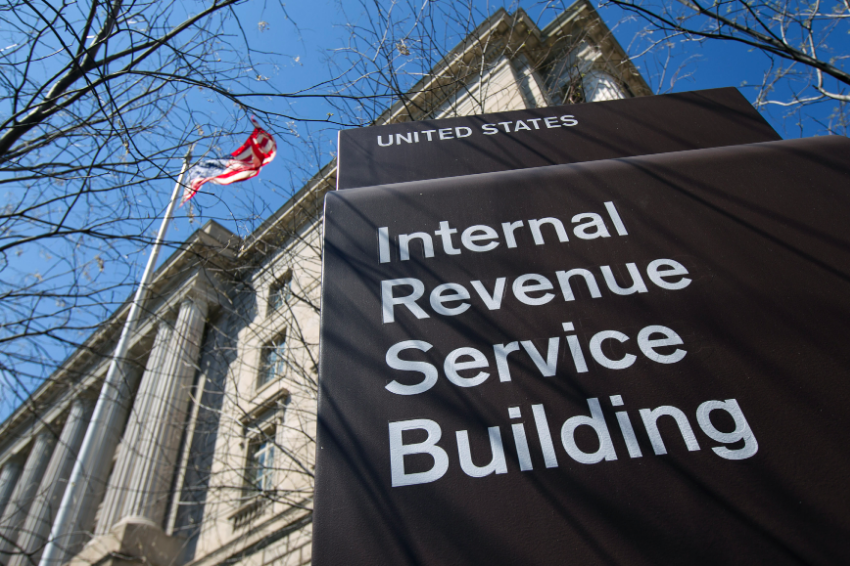The IRS recently finalized adjustments to 2019 limits on various tax-advantaged medical and dependent care spending accounts, retirement plans, and other inflation-adjusted employee benefits such as adoption assistance and qualified transportation benefits.
The 2.2 percent increase in the Consumer Price Index (PCI) for the 12 months ending this September was just enough to meet the thresholds required to extend these rate adjustments.
Despite some of these updates being issued nearly a month later than normal, these new financial caps still go into effect January 1, 2019. While some of the limits are unchanged, many have increased for 2019, affording employees the opportunity to contribute more money into their Health Spending Accounts (HSAs), Flexible Spending Accounts (FSAs), and retirement plans, just to name a few.
In preparation for these 2019 plan year changes, employers should update their benefit plan designs for the new limits, ensure that their plan administration will be consistent with the new 2019 limits, and communicate the new benefit plan limits to their employees.
Here is a convenient set of side-by-side comparison tables outlining the changes:
Tax-Advantaged Employee Benefits
HSA & HDHP Contribution Limits
The IRS has increased the 2019 annual HSA contribution limit for self-only HDHP coverage by $50, to $3,500, and by $100, to $7,000, for family HDHP coverage. HSA contributions can be made by the HSA account holder or any other person on their behalf, including an employer or family member.

















